AI Engine
This option provides a quick evaluation of wind conditions based on an AI-based wind estimator. The results are high level, based on user selected parameters, local area weather data and subject to the quality of modeling. Results are rapid and return almost immediately after submission.
This product is offered by purchases of bundles, subscription, limited free trial, and on a pay per use through a purchase agreement.

Based On:
- User selected wind directions (8 are recommended)
- User selected approach conditions
- Down-sampled meteorological wind data from within 5 km of the site in question
Fidelity:
- Appropriate for larger scale massing changes and large solid wind breaks
- All model elements are treated as solid (solid trees may distort wind flows)
- Generally appropriate for surfaces larger than 30 sqm
Output Includes:
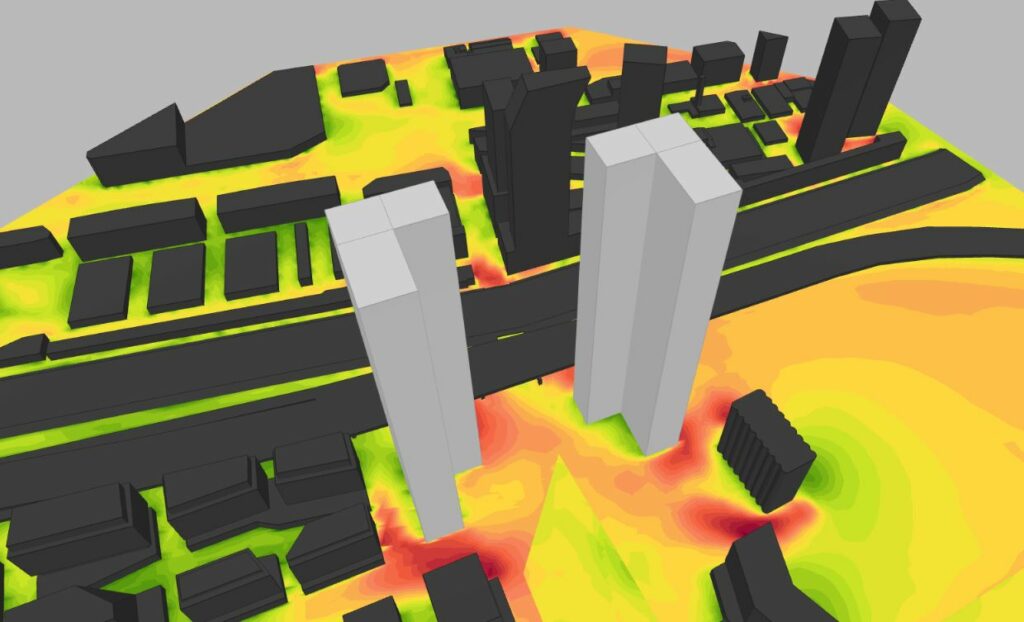
Wind
- 8 wind directions of directional AI-based wind estimation
- Climate scaled directional wind intensity plots
- Pedestrian wind comfort plots for the four standard, 3-month seasons plus annual
- Three dimensional streamlines of wind flows
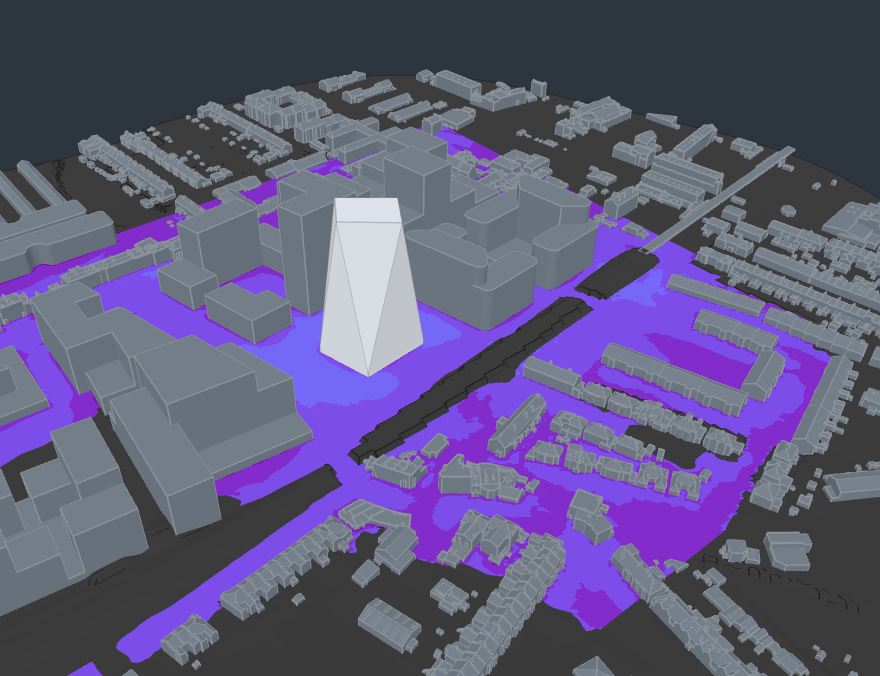
Thermal Comfort
- SPMV*-based thermal comfort analysis for two seasons, three times of day, with a single clothing profile and activity level
- SPMV* percent of time acceptable plots for same configuration as SPMV*
- Wind cooling potential for same time slices as SPMV*
- Solar exposure plots for same time slices as SPMV*
CFD Engine
This option provides a rapid, RANS based CFD evaluation of wind conditions on the site. The results are detailed, based on user selected parameters, local area weather data and subject to the quality of modeling. The simulation results are returned in 2 to 3 business days.
This product is offered by purchases of bundles, subscription, and pay per use through a purchase agreement.
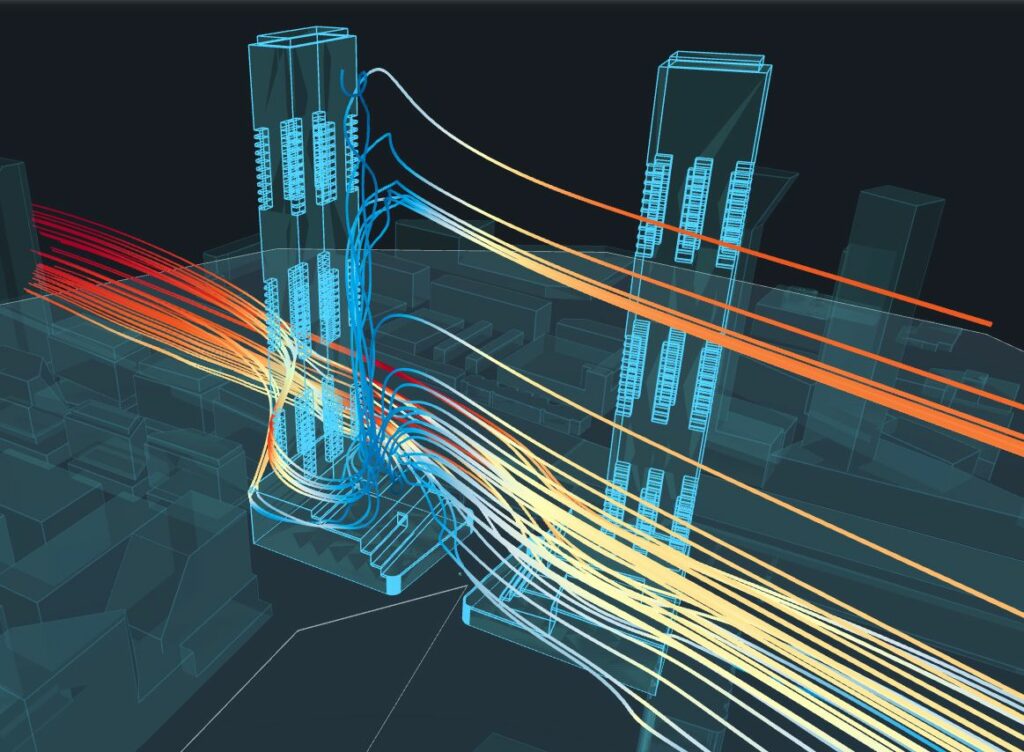
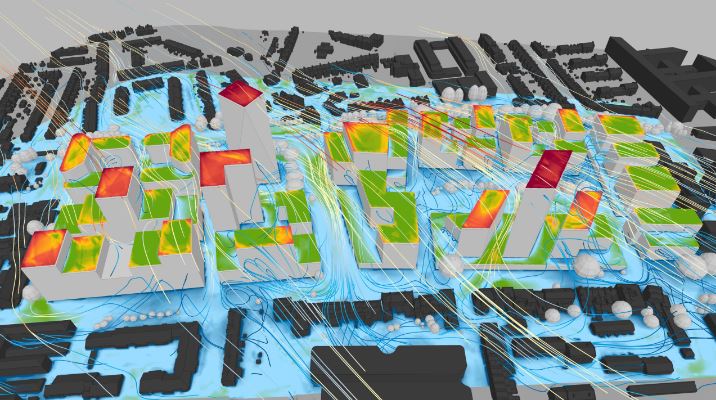
Based on:
- Orbital Stack selected wind directions (6 most important directions based on climate data)
- Orbital Stack selected approach conditions
- Down-sampled meteorological wind and climate data from within 5 km of the site in question
Fidelity:
- Appropriate for massing changes and larger scale mitigations
- Support for large porous elements including clusters of trees and larger wind screens
- Generally appropriate for surfaces wider than 3m and larger than 15 sqm
Output Includes:
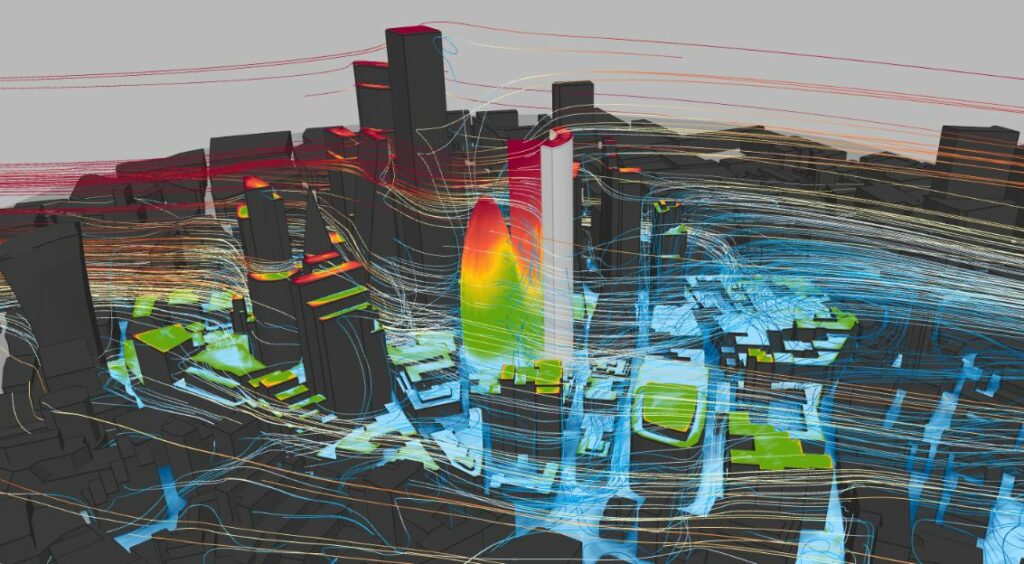
Wind
- 8 wind directions of directional RANS-based wind simulations
- Climate scaled directional wind intensity plots with directional flow arrows
- Pedestrian wind comfort plots for up to four, user configurable seasons plus annual
- Three dimensional streamlines of wind flows
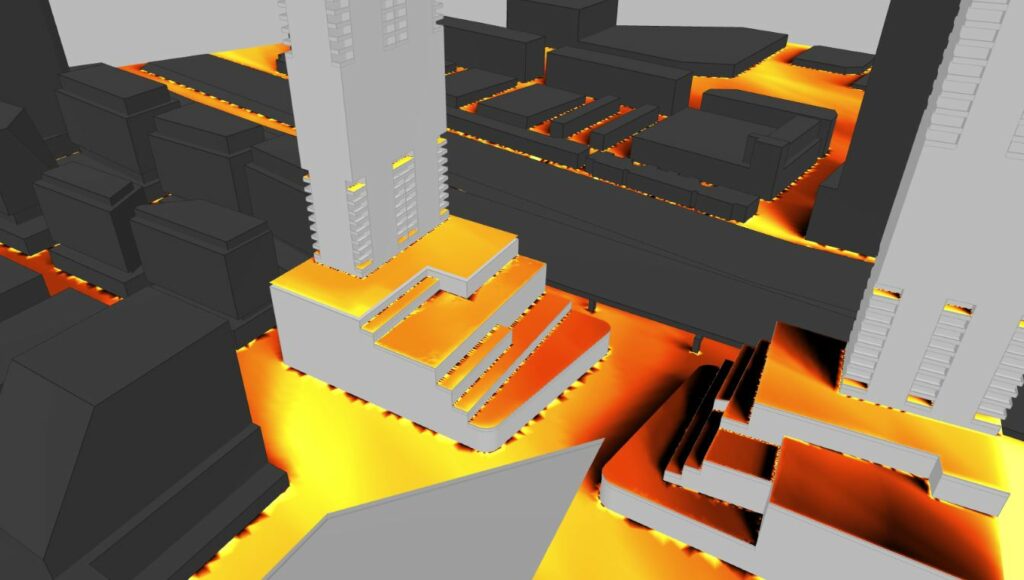
Thermal Comfort
- SPMV*-based thermal comfort analysis for two seasons, three times of day, with a single clothing profile and activity level
- SPMV* percent of time acceptable plots for same configuration as SPMV*
- Wind cooling potential for same time slices as SPMV*
- Solar exposure plots for same time slices as SPMV*